National Flag Size
Flag of the United Nations
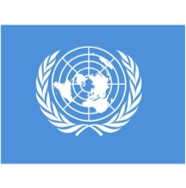
American Flag

Flag of the United Kingdom
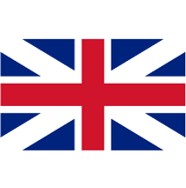
Flag of China
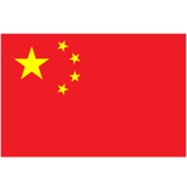
Flag of Japan
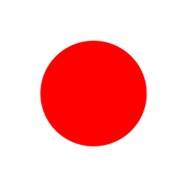
Flag of Germany

Flag of France
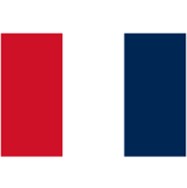
Flag of Russia
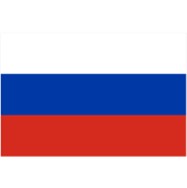
Flag of Canada

Flag of India
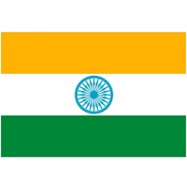
About National Flag
1. Regarding the colors of the national flag.
White: Peace, purity, snow, honesty.
Blue: Sky, water, perseverance, justice, truth, vigilance.
Green: Nature, agriculture, fertility, Islam, hope.
Yellow/Gold: Sun, wealth, energy, justice, the desert.
2. Regarding the symbols of the national flag.
Religious: Crosses (Nordic crosses, Switzerland, Greece), crescents (Islamic nations), the Dharma Chakra (India).
Political/Ideological: Stars (communism/socialism - China, Vietnam, Angola), hammers and sickles.
Natural: Cedars (Lebanon), maple leaf (Canada).
3. Regarding the geometric patterns of the national flag.
Crosses: The Nordic Cross is used by all Scandinavian countries (Sweden, Norway, Denmark, Finland, Iceland).
Triangles: Often symbolizing mountains or forward progress (e.g., Czech Republic, Bahamas).
Circles/Discs: Representing the sun (Japan, Bangladesh) or the moon (Laos).
4. The art of national flag design.
A: Keep It Simple. A child should be able to draw it from memory.
B: Use Meaningful Symbolism. The colors, patterns, and symbols should reflect the nation's values, history, or people.
C: Use 2–3 Basic Colors. Limit the palette for clarity and cost-effective reproduction.
D: No Lettering or Seals. Words are hard to read and seals are complex details best left for official documents.
E: Be Distinctive or Be Related. A flag should be unique or clearly show its cultural/historical ties (e.g., the Pan-African or Pan-Arab colors).
5. Classification features of national flags.
Pan-Arab Colours: Red, black, white, and green. Seen in the flags of Egypt, Iraq, Jordan, Kuwait, Sudan, Syria, UAE, and Yemen. They symbolize Arab unity and independence.
Pan-African Colours: Red, yellow/gold, and green (sometimes black). They originate from the flag of Ethiopia, one of the oldest independent African nations. Examples: Ghana, Senegal, Mali, Cameroon, Kenya.
Pan-Slavic Colours: Red, blue, and white. Adopted from the flag of Russia. Examples: Slovakia, Slovenia, Czech Republic, Serbia, Croatia.
Commonwealth Flags: Several former British colonies feature the Union Jack in the canton, most notably Australia and New Zealand, which has led to ongoing debates about changing their flags.
Islamic Symbols: Many flags of Muslim-majority countries feature a crescent moon and star (Turkey, Pakistan, Tunisia, Algeria, Malaysia) or the color green.
Communist Flags: Often feature a red field with a yellow star or other socialist symbol (China, Vietnam, North Korea, Angola, Mozambique).
6. Interesting facts about the national flag.
Only Non-Quadrilateral Flag: Nepal's flag is made of two overlapping triangles, representing the Himalayas and the two main religions, Hinduism and Buddhism.
Flags That Are Square: Only two countries have square flags: Switzerland and the Vatican City.
Most Colors: The flag of South Africa is one of the most colorful with six: red, white, blue, green, yellow, and black.
Mirror Image Flags: The flags of Poland (white top, red bottom) and Indonesia (red top, white bottom) are mirror images of each other. Monaco's flag is identical to Indonesia's.
Flags Within Flags: The flag of the United Kingdom (the Union Jack) is a combination of the crosses of St. George (England), St. Andrew (Scotland), and St. Patrick (Ireland).
Changing Flags: National flags can change. South Africa changed its flag in 1994 after the end of apartheid. Rwanda changed its flag in 2001 to distance itself from the 1994 genocide.
Malaysia's flag changes slightly every time a new state is added to the federation (the stripes represent the states).